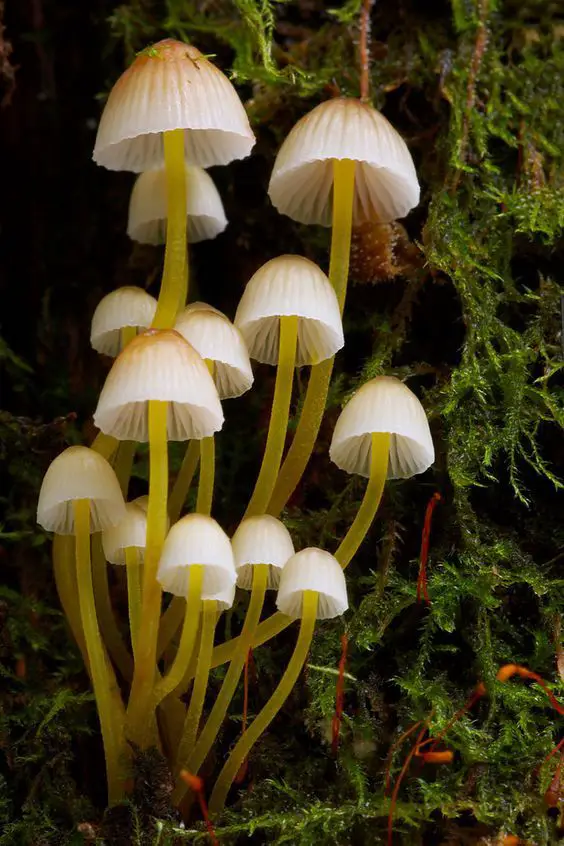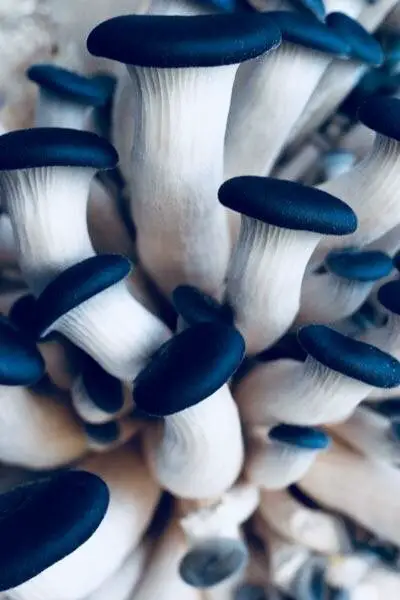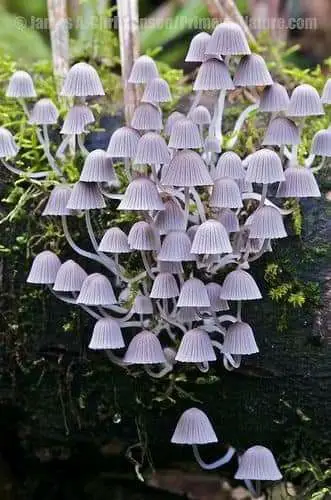Mushrooms, a diverse group of fungi, have captivated human fascination for centuries. From culinary delicacies to medicinal remedies, mushrooms play a prominent role in various aspects of human life. This article explores the intriguing world of mushrooms, shedding light on their characteristics, uses, and cultural significance.

- Diversity and Characteristics: Mushrooms encompass a wide range of species, each with its unique characteristics. They come in various shapes, sizes, colors, and textures. Some mushrooms have caps and stems, while others lack stems altogether. The intricate structures of mushrooms, such as gills, pores, or teeth, play a crucial role in their reproduction. Moreover, mushrooms thrive in diverse environments, including forests, grasslands, and even decaying matter.



- Culinary Delights: Mushrooms have long been cherished for their culinary versatility and rich flavors. They add depth and earthiness to a wide array of dishes, from savory soups and stir-fries to gourmet pizzas and pasta sauces. Popular culinary mushrooms include the button, shiitake, oyster, and portobello mushrooms. Chefs and home cooks alike appreciate their unique tastes, textures, and nutritional profiles.
- Medicinal and Therapeutic Benefits: Beyond their culinary uses, mushrooms also possess remarkable medicinal properties. Traditional medicine systems, such as traditional Chinese medicine, have recognized the healing potential of mushrooms for centuries. Certain species, like reishi, lion’s mane, and chaga, are believed to support immune function, improve cognitive health, and exhibit antioxidant properties. Ongoing scientific research is uncovering





